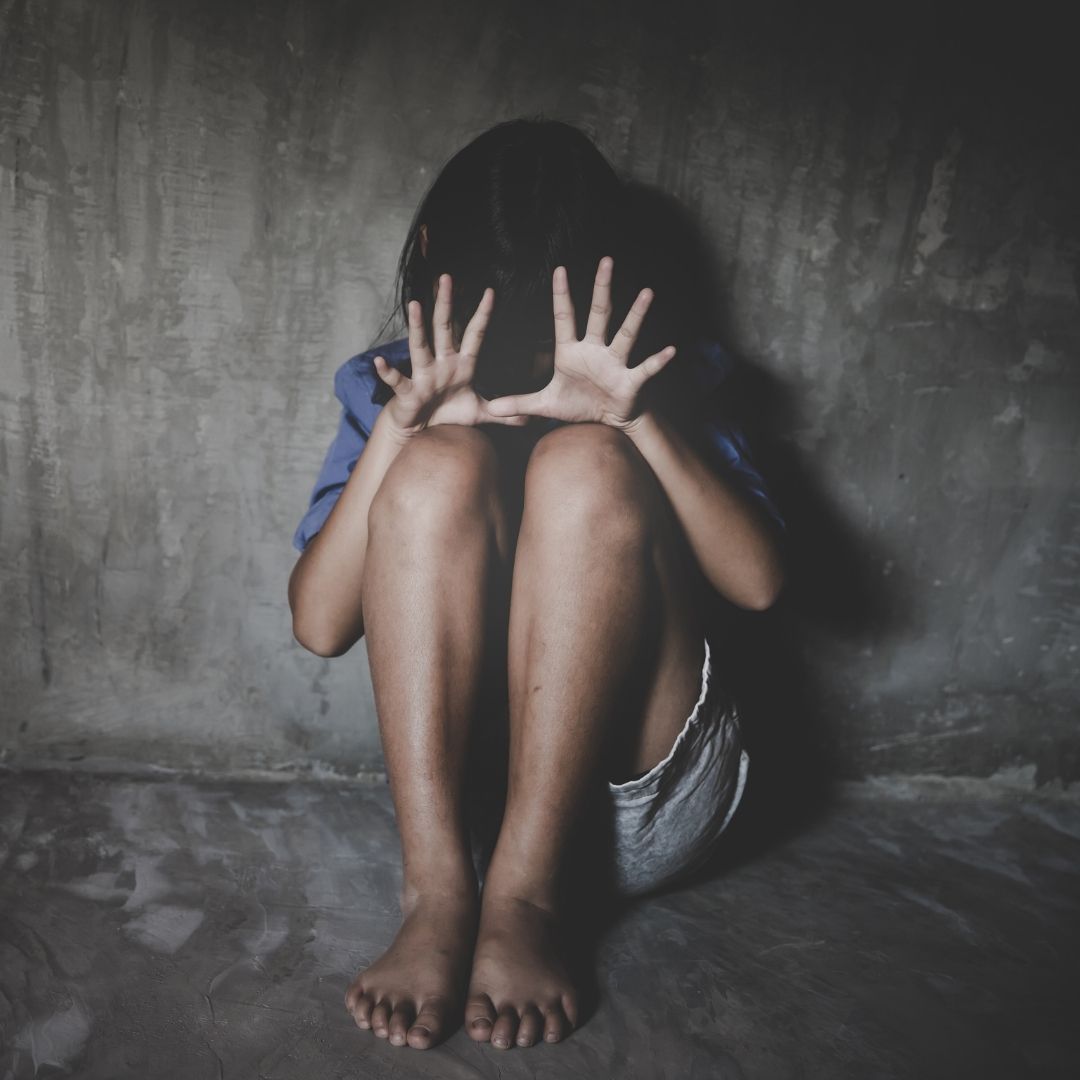
El comparativo y el superlativo en inglés se utilizan para hacer comparaciones. En esta lección veremos cómo utilizarlos.
Empezaremos por ver cómo utilizar la comparativa. Y a continuación, veremos el superlativo.
Adjetivos largos: more / the most (excepto los que terminan en Y)
Adjetivos cortos: -er / the -est
Igualdad: as + adjetivo + as
El comparativo inglés
En primer lugar, ¿Qué es una comparativa? Es muy sencillo, por ejemplo, si digo que Ana es más alta que Elena, o que esta pelota es más roja que aquella, estoy haciendo una comparación.
Comparativo de superioridad en inglés:
Se utiliza cuando queremos decir "más que...".
Con los adjetivos largos, utilizaremos las palabras More... than
Es muy sencillo. Veamos algunos ejemplos:
He is more handsome than me. Es más guapo que yo.
The black bag is more elegant than the green one. El bolso negro es más elegante que el verde.
Utilizamos More... than para los adjetivos que tienen dos o más sílabas (adjetivos largos), excepto los que terminan en y.
Con los adjetivos cortos (los de una sola sílaba), simplemente añadiremos -er al final del adjetivo, y luego than. Con los adjetivos que terminan en Y, simplemente sustituiremos la Y por -ier, y luego por than.
Veamos algunos ejemplos, para que quede más claro:
She is smarter than me.
He’s happier now.
Comparativo de igualdad en inglés
Utilizamos la comparativa de igualdad cuando queremos decir "tanto como...".
Por ejemplo: Él es tan bueno como tú.
En inglés, se utiliza :
as + adjetivo + as
She is as nice as you.
The movie is as good as the book.
Comparativo de inferioridad en inglés
Se utiliza para decir "menos... que".
Para ello, utilizamos las palabras Less... than
Joan is less happy than Louise.
She is less young than you.
El superlativo inglés
El superlativo inglés se utiliza para comparar un elemento con todo un grupo. Esto significa que se utiliza para decir "el más... de".
Por ejemplo:
El más fuerte del equipo.
El más rápido de la clase.
Superlativo de superioridad en inglés
Con los adjetivos de más de dos sílabas, utilizamos las palabras The most...
Pongamos algunos ejemplos:
He is the most handsome man I have ever seen.
Jhon is the most gifted musician in the orchestra.
The President is the most powerful man the country.
Para los adjetivos cortos, utilizaremos la terminación -est
Por ejemplo:
Marco is the oldest man in the city.
This is the fastest plane in the world.
Por último, para los adjetivos terminados en -Y, utilizaremos la terminación -iest y la Y desaparece. - He the happiest man I’ve seen.
Como puedes ver, se añade un elemento, un grupo o una categoría de comparación a la frase: “In the world” “in the city”, etc.
Superlativo de inferioridad en inglés
Se utiliza cuando se quiere decir "el menos... de"
Por ejemplo: El más barato del mercado.
Para ello, utilizamos las palabras The least + adjetivo
Ejemplo:
This is the least expensive house that I have ever seen.
Comparativos y superlativos irregulares en inglés
Good ⇒ better ⇒ the best
Bad ⇒ worse ⇒ the worst
Far ⇒ farther/further ⇒ the farthest/the furthest.
*** En inglés, la gente no utiliza mucho los comparativos y superlativos de inferioridad. En cambio, prefieren utilizar el comparativo y el superlativo de superioridad. Por ejemplo, en lugar de decir: "Luis is less tall than Juan", dirán "Juan is taller than Luis". Ambas son correctas, pero la segunda se utiliza con más frecuencia.
🔆 También te puede interesar:




